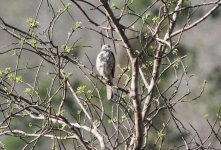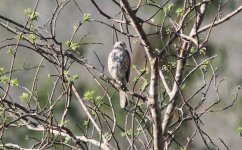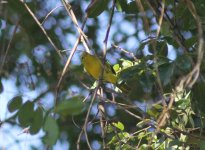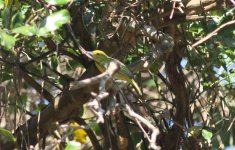Going through some old photos. These were taken in Feb. 2016 in Vietnam along the road between Dalat and Mui Ne in a protected area of forest. Highish elevation but not crazy high.
Many thanks for your thoughts.
Tom
Many thanks for your thoughts.
Tom









